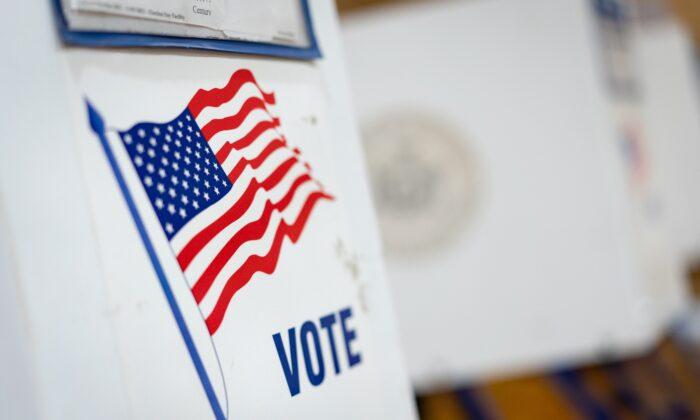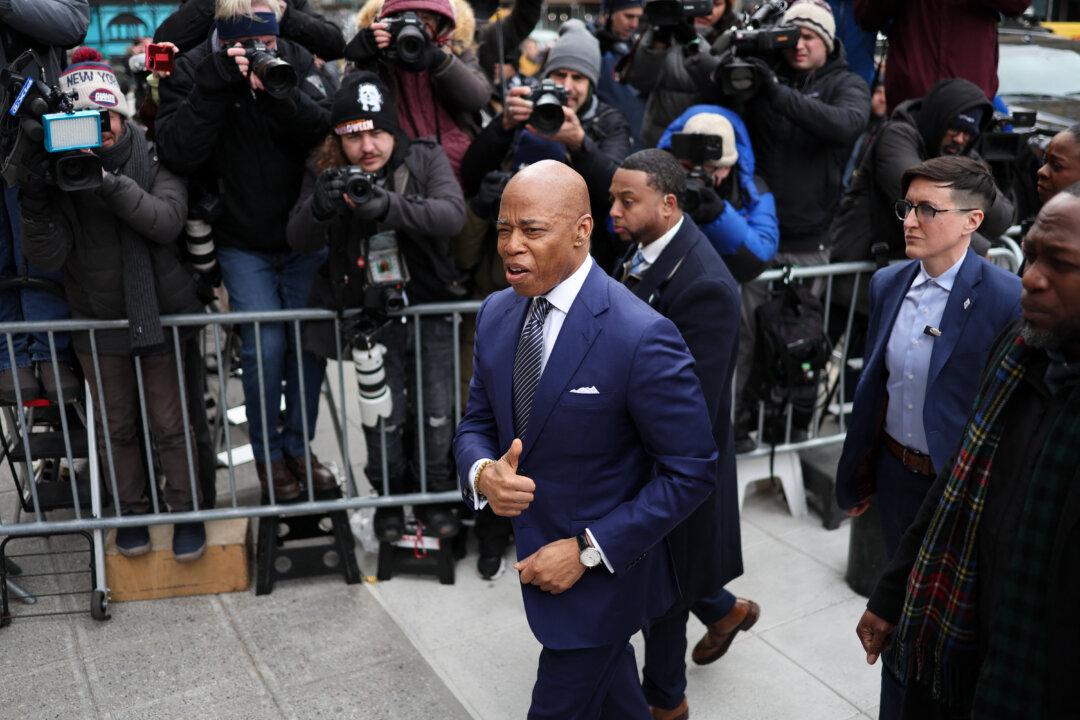A New York law requiring the counting of mail-in ballots even if there’s some doubt as to their validity is constitutional, the state’s top court ruled on Oct. 31.
New York law requires boards to review mail-in ballot signatures and other information to determine whether each ballot is valid. The new law, enacted in 2021, says that after comparing the signature on the ballot with the voter’s signature on file, the ballot must be counted unless the officials all agree that the signatures do not match. Previously, such ballots would be set aside and not counted unless one of the sides brought a successful objection.
The New York State Republican Party and other groups and individuals sued, alleging multiple parts of the law were unconstitutional. The New York Constitution requires equal representation of the two political parties on the boards. The signature provision means a representative of one party can effectively validate an otherwise invalid ballot, Republicans argued after the dispute was narrowed to the provision.
A New York Supreme Court judge found the provision was unconstitutional, but a state appeals court in August reversed the ruling, prompting an appeal to New York’s top court.
The provision meets the constitutional requirement of having equal representation of Republicans and Democrats on the election boards, the State of New York Court of Appeals said.
“Critically, the authority that Election Law § 9-209 vests in a two-member Board is equally distributed to each member: during the Board’s initial review for defects, either member can declare a ballot invalid, and during the Board’s subsequent review, either member can declare a ballot valid,” the per curiam opinion stated. “Thus, no single Board member has any more authority than any other member over the canvassing process, and neither party carries more sway over the process than the other.”
While Republicans also said the setup could enable fraud since a single board member can declare ballots valid, the ballot counting scheme in the law “includes numerous safeguards through which the courts can address and prevent electoral fraud as necessary,” the court said. The judges also said that plaintiffs can review publicly available lists of registered voters and challenge registrations.
“The Court’s decision allows one-party rule over the administration of elections rather than ensuring bipartisan representation at county boards of elections,“ Adam Fusco, a lawyer representing the Republicans, told The Epoch Times in an email. ”This ruling also deprives New Yorkers of due process since the judiciary is now without jurisdiction to hear challenges to split determinations of a ballot’s validity by elections commissioners. Sacrificing accuracy for expediency is not the answer if we truly want to safeguard against ballot fraud.”
State Senate Deputy Leader Michael Gianaris, a Democrat, told news outlets in a statement that the ruling was a win for New York voters. He added: “I remain committed to ensuring all eligible voters can be confident their vote will be counted. As Election Day approaches, we can now put behind us the latest Republican attempt to infringe on these inalienable rights and focus on helping New Yorkers.”







